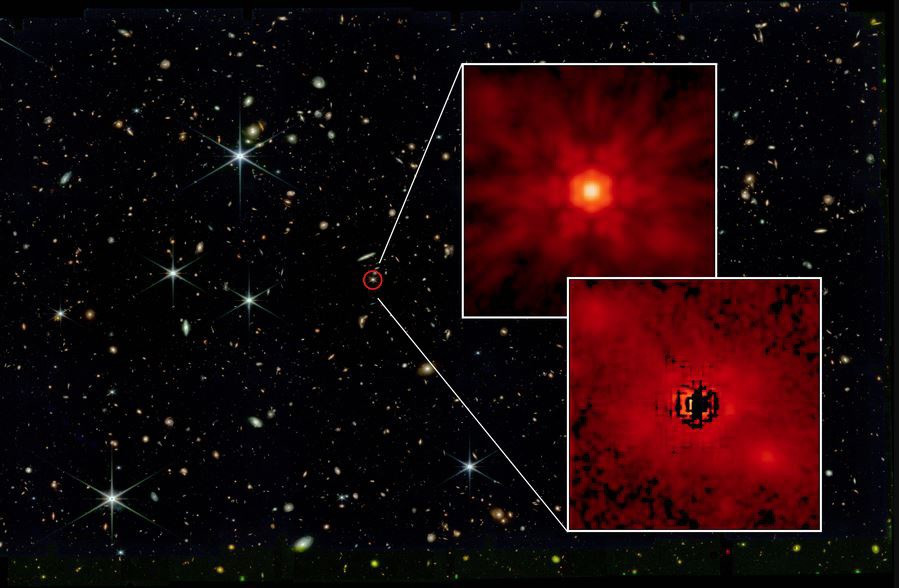On Earth, dust can affect machinery such as solar panels, even though they are already protected to resist degradation caused by this natural element. However, on the Moon, the dust on its surface has harsher qualities. NASA is working on a technology that would eliminate many of the concerns related to regolith.
Unlike dust particles found on Earth, the regolith on the Moon's surface is sharp and abrasive because it has not been exposed to elements or elements such as water and oxygen. As if they were small shards of glass, can deeply damage items such as rovers' cameras. In addition, it has a very high electrostatic charge and is very insulating.
Based on the electric curtain concept developed by NASA in 1967, EDS technology has been in development at Kennedy since 2004. This technology is being applied in recent space missions To prove its effectiveness by protecting cameras and other elements of probes sent to the Moon.
EDS technology experience
Later this year, this technology will reach the satellite as part of…NASA's CLPS Initiative mission With business partner Firefly Aerospace. The space agency is even considering applying this technology to small components such as gaskets, seals and gates. This way, astronauts traveling to the satellite on future Artemis missions will not need cleaning supplies to keep their accompanying instruments safe.
EDS technology uses transparent electrodes and electric fields To lift and remove dust from various surfaces important to space missions, including thermal radiators, solar panels and space suits.
[La NASA utilizará el polvo de la Luna para imprimir en 3D herramientas para los astronautas]
A similar, though not identical, technology was developed at MIT to protect and clean solar panels on Earth. A research team from the Massachusetts Institute of Technology (MIT) worked on an electrostatic repulsion system To avoid using water or touching dishes. The metal strip that passes near the plate is actually an electrode that provides an electrical charge to the molecules.
Once charged, electricity is also conducted to the plate so that the molecules react and jump through the air trying to move away from the previously dirty surface. That is, they turn the photovoltaic panel and the dirt covering it into magnets of the same sign so that they repel each other.
NASA's technology has been tested on Earth, in vacuum chambers, and on the International Space Station, before reaching the Moon this year with a lunar landing by Intuitive Machines. EDS technology is integrated into two lenses of EagleCam, a CubeSat camera system. After landing, the EagleCam instrument was successfully deployed from Intuitive Machines' Odysseus lander. The Embry Riddle teams were not able to get images of the lander as they had hoped, however They were able to collect other data sets, including from EDS technology.
“EDS technology can be used outside a residence to help clean surfaces such as railings and floors, but it can also be used indoors.”Dr. Charles Buehler said, Principal research scientist at the Kennedy Laboratory for Electrostatics and Surface Physics. “All of these applications are evaluated and tested.”

“Beer enthusiast. Subtly charming alcohol junkie. Wannabe internet buff. Typical pop culture lover.”

:quality(85)/cloudfront-us-east-1.images.arcpublishing.com/infobae/7LFLBSHU4FG4FJIYGXW2IUHTDM.jpg)
:quality(85)/cloudfront-us-east-1.images.arcpublishing.com/infobae/7H35DR4K5BDFDMQV5GYX4MUDEA.jpg)

:quality(85)/cloudfront-us-east-1.images.arcpublishing.com/infobae/DYNT4CH2PNFCDKYIR4QDOERVD4.jpg)


More Stories
They noticed the elusive starlight surrounding ancient quasars
The first launch of the Starliner ship arrives with astronauts on board
A wonderful trip to the prestigious Xerox PARC laboratory